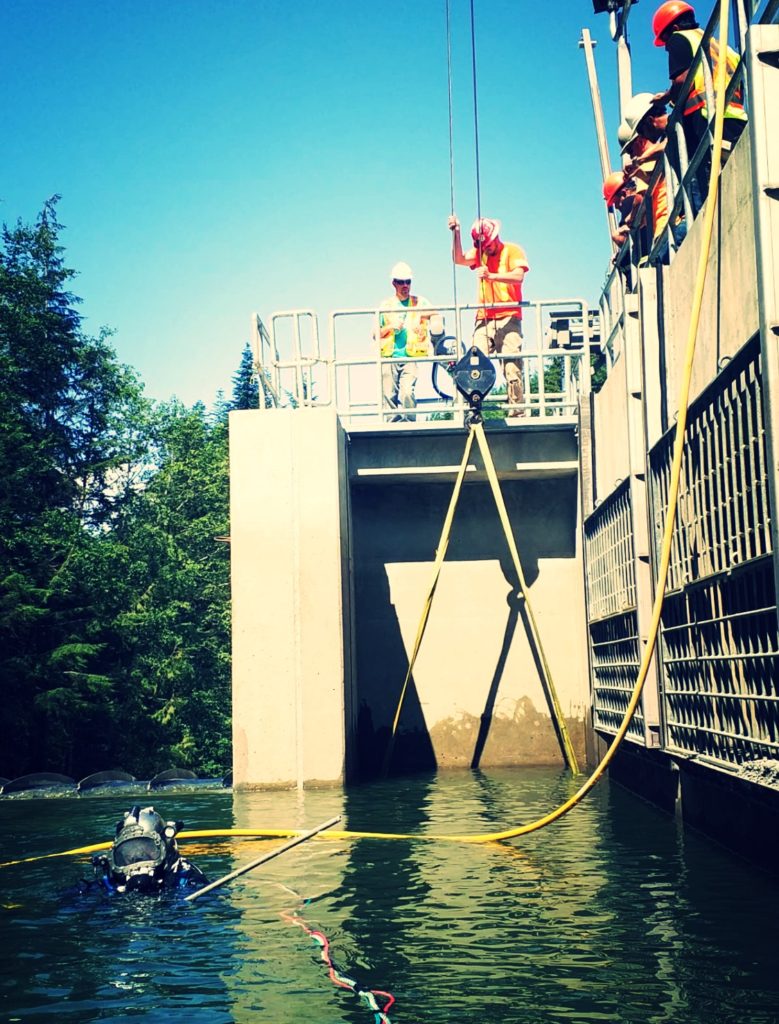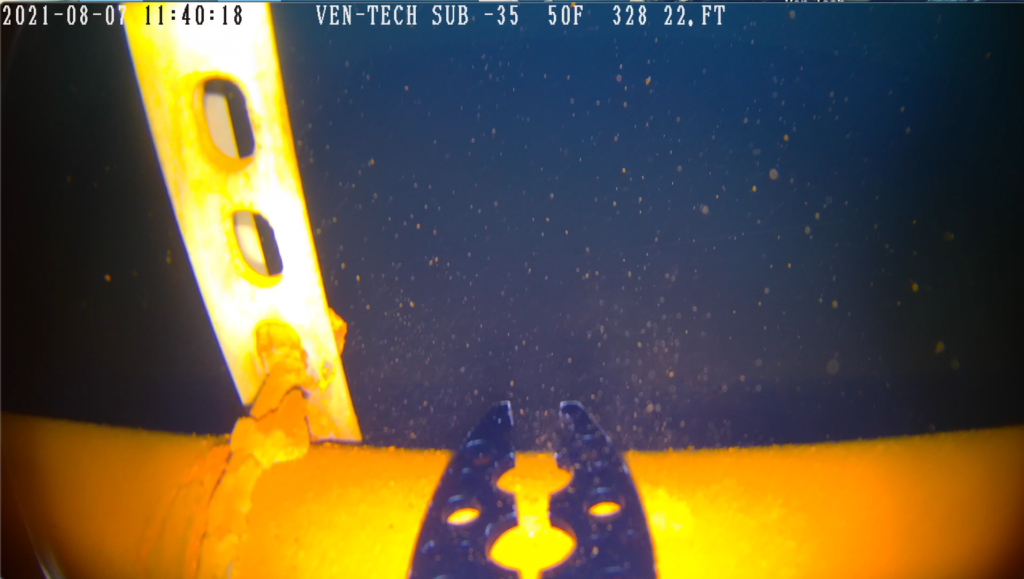Effective underwater maintenance and repair plan depends on accurate data

We frequently hear the phrase “ageing infrastructure” these days. Our infrastructure is under strain from a number of factors, including climate change, rising urbanisation, and environmental dangers like 100-year weather events, which have a 1% chance of occurring. In order to monitor and maintain the structural integrity of underwater infrastructure including dams, tunnels and pipelines, […]
Underwater Inspection and Repair

Underwater Inspection and Repair of a Steel Pile Wall A group of Ven-Tech Subsea’s ROV technicians responded when an Underwater Inspection and Repair of a pipe in Edmonton, Alberta needed an underwater examination and repair. They gathered the information and gave our customer a thoroughly thorough state report of the Underwater Inspection and Repair. A sonar setups were employed during this underwater survey to find and pinpoint areas of interest. Any indications of erosion that had taken place since the pipes last inspection were of particular relevance. The sonar side scan was placed on a Universal Sonar Mount by Ven-Tech Subsea ROV technicians. The technologies were then used to conduct a multibeam survey along the pipe, with the survey vessel being specially outfitted for the task. On damp surfaces, side scan sonar frequently detects biofouling or biological fouling. Therefore, it was assumed that there was no biofouling on the piles. The client was given a baseline of data and a report from the analysis before the Underwater Inspection and Repair as preparation for subsequent inspections. But it also highlighted places that required immediate repair. Large groups of debris were visible spread throughout the riverbed in images as well. Large timber or trees made up the majority of them, with rock and gravel appearing in other locations. The repairs necessitated underwater welding, as the underwater inspection revealed. The repairs were done by commercial divers who are certified and trained by Ven-Tech Subsea. The chore of welding filer strips in the spaces between piles and a steel beam fell to divers who were outfitted with a surface-supplied air supply. Any structural flaws or weaknesses are slowed down by the addition of sealing material. Ven-Tech Subsea deployed a four-person dive crew to this project to complete the repairs. To make the daily diving routine easier, this team included a diver, a diving supervisor, a standby diver, and a diver’s tender. The Diving Supervisor’s job is to oversee and continuously keep an eye on the diver’s progress. The Diver Certification Board of Canada has qualified the diving staff at Ven-Tech Subsea (DCBC). According to the CAN CSA 275.4 Competency Standard for Diving Operations, this is acceptable. A support barge was also employed by the divers as a work platform. The dive crew now had more deck space and plenty of room for their gear as a result. Working underwater can present particular difficulties. Due to the freshet, diving operations were scheduled during high/low water periods. This may not always allow for precise estimates of tidal and sea currents. During the repair, the underwater visibility ranged from nothing to about 25 mm (1 inch). Technology is crucial for condition evaluations when it comes to underwater inspections and repairs. Sonars locate precise locations of damage, scour, erosion, and accumulation of debris. They offer a starting point for upcoming inspections. Additionally, they offer useful information by pointing up places that require quick maintenance. When evaluating and fixing their submerged assets, Ven-Tech Subsea is able to provide our clients full-service alternatives because to the combination of our in-house services. Click here to learn more about […]

